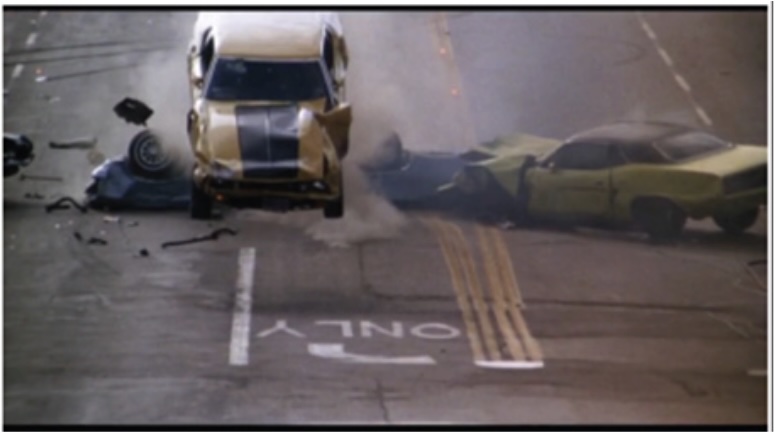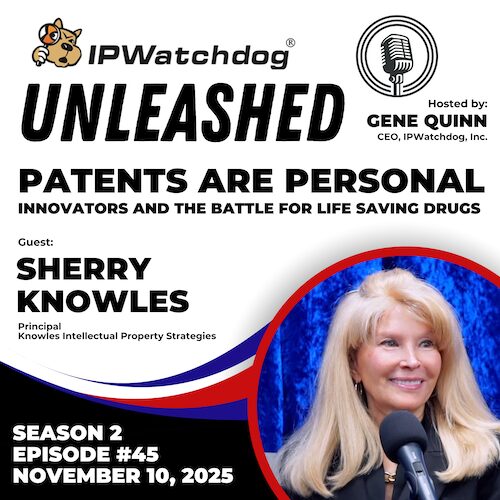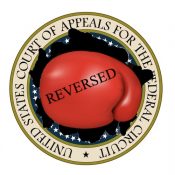“Respondents copied Eleanor’s unique features ‘hoping to capitalize on her cachet and value—the very sort of free-riding that copyright law was designed to foreclose.’” – Halicki’s SCOTUS Petition

Figure 5: The third Eleanor’s slow motion jump in
Gone in 60 Seconds (from petition)
The U.S. Supreme Court on Monday denied certiorari in Halicki v. Carroll Shelby Licensing, a case in which Denice Shakarian Halicki, widow of the creator of the “Gone in 60 Seconds” film franchise sought review of a U.S. Court of Appeals for the Ninth Circuit decision that held the car character “Eleanor,” a customized Ford Mustang, was not entitled to copyright protection.
According to the petition for writ of certiorari filed by Halicki, the case centered on “Eleanor,” a customized 1967 Ford Mustang Fastback described as the centerpiece of the film franchise. The filing recounted that the character first appeared in the 1974 film Gone in 60 Seconds, created by H.B. “Toby” Halicki. The character also appeared in a 2000 remake that grossed over $230 million worldwide and was further defined by a custom combination of 12 distinctive physical features. The present dispute arose after Carroll Shelby Licensing, Inc. and custom car shop Classic Recreations began producing and selling a car called the “GT500CR,” which Halicki alleged infringed on nearly all of Eleanor’s distinctive features.
Following the 2000 remake, Halicki filed a lawsuit against Shelby for copyright infringement involving a different custom car, the “GT500E,” where the “E” stood for Eleanor. In that earlier case, the Ninth Circuit reversed a lower court’s dismissal and noted in its 2008 opinion, Halicki Films, LLC v. Sanderson Sales & Mktg., that Eleanor appeared to fit the court’s precedents on copyrightable characters. The appellate court observed that Eleanor is “visually depicted,” “‘display[s] consistent, widely identifiable traits,’” and “is ‘especially distinctive.’”
In the current suit, the U.S. District Court for the Central District of California granted summary judgment to the Shelby parties. The district court applied the Ninth Circuit’s three-part test for character copyright, which requires a character to possess “‘physical as well as conceptual qualities,’” be “‘sufficiently delineated to be recognizable as the same character whenever it appears,’” and be “‘especially distinctive.’” While the district court found that Eleanor satisfied the first element, it held that the character failed the other two.
On appeal, the Ninth Circuit affirmed the district court’s summary judgment. The petition presented a single question to the Court:
- “Is copyright protection for characters limited to only those characters that meet the Ninth Circuit’s three-element test? Or, as the Second, Seventh, and Eleventh Circuits have held, does copyright protect a character to the extent that it is distinctive from a generic stock character?”
The petition clarified that, although the appellate court applied the same three-element test, it interpreted the first element in a new and stricter manner. The Ninth Circuit held that to be copyrightable, a character required “anthropomorphic qualities,” such as “agency and volition, displaying sentience and emotion, expressing personality, speaking, thinking, or interacting with other characters or objects.”
A central argument presented to the Court was that this new requirement created a “higher bar” for copyrightability that contradicted the originality standard established by the Court in Feist Publications, Inc. v. Rural Telephone Service Co. In Feist, the Court held that originality is the “‘sine qua non of copyright’” and requires only “‘independent creation plus a modicum of creativity.’” The filing contended that the Ninth Circuit’s test is “ad hoc, arbitrary,” and has “severed any connection” with these fundamental copyright principles.
Halicki contended that the Ninth Circuit’s decision deepened a long-standing circuit split on the proper test for character copyrightability. The filing highlighted the conflict with the U.S. Court of Appeals for the Second, Seventh, and Eleventh Circuits. Those circuits apply a more straightforward “distinctiveness” test, which asks whether a character is distinctive from a generic stock character. Halicki urged the Court to adopt this alternative test, arguing it is “simple, predictable, and consonant with the principle of ‘originality.’”
Furthermore, Halicki insisted that the Ninth Circuit’s ruling was inconsistent with its own precedent, specifically the 2015 decision in DC Comics v. Towle, which held that the Batmobile was a copyrightable character. The petition reiterated that in Towle, the Ninth Circuit “expressly stated that ‘sentient attributes’ were not required for character protection.” The filing also challenged the Ninth Circuit’s conclusion that Eleanor was not “‘especially distinctive’” and lacked “‘consistent, widely identifiable traits’” was flawed. It asserted that respondents copied Eleanor’s unique features “hoping to capitalize on her cachet and value—the very sort of free-riding that copyright law was designed to foreclose.”
Ultimately, the Court declined to grant certiorari, thereby upholding the Ninth Circuit’s decision and its three-element test for character copyright protection.

![[IPWatchdog Logo]](https://ipwatchdog.com/wp-content/themes/IPWatchdog%20-%202023/assets/images/temp/logo-small@2x.png)

![[Advertisement]](https://ipwatchdog.com/wp-content/uploads/2025/10/DeepIP-Nov-18-2025-sidebar-700x500-1.jpg)
![[Advertisement]](https://ipwatchdog.com/wp-content/uploads/2025/11/Ankar-AI-Nov-20-2025-sidebar-700x500-1.jpg)







![[Advertisement]](https://ipwatchdog.com/wp-content/uploads/2021/12/WEBINAR-336-x-280-px.png)
![[Advertisement]](https://ipwatchdog.com/wp-content/uploads/2021/12/Ad-4-The-Invent-Patent-System™.png)




Join the Discussion
No comments yet. Add my comment.
Add Comment